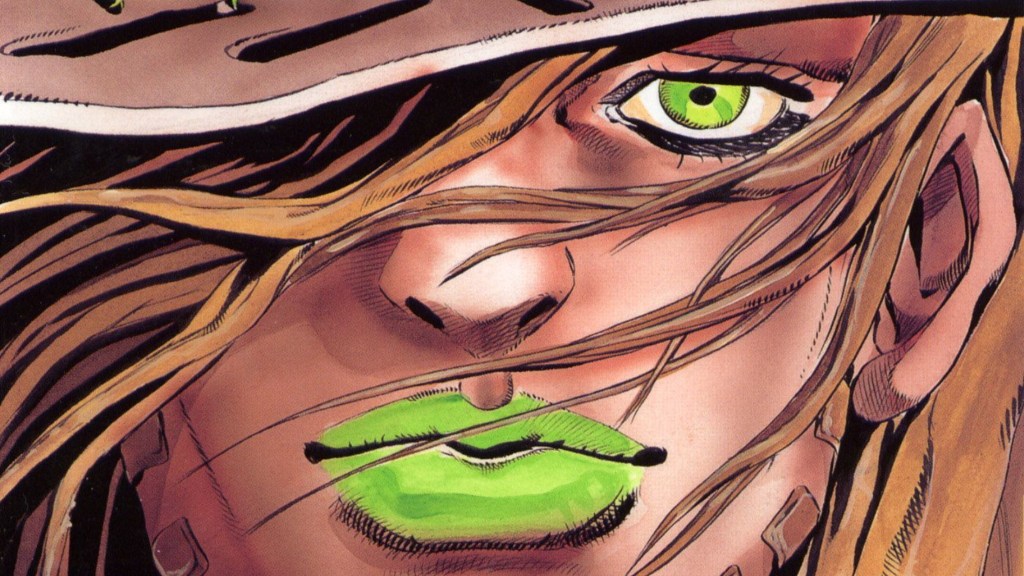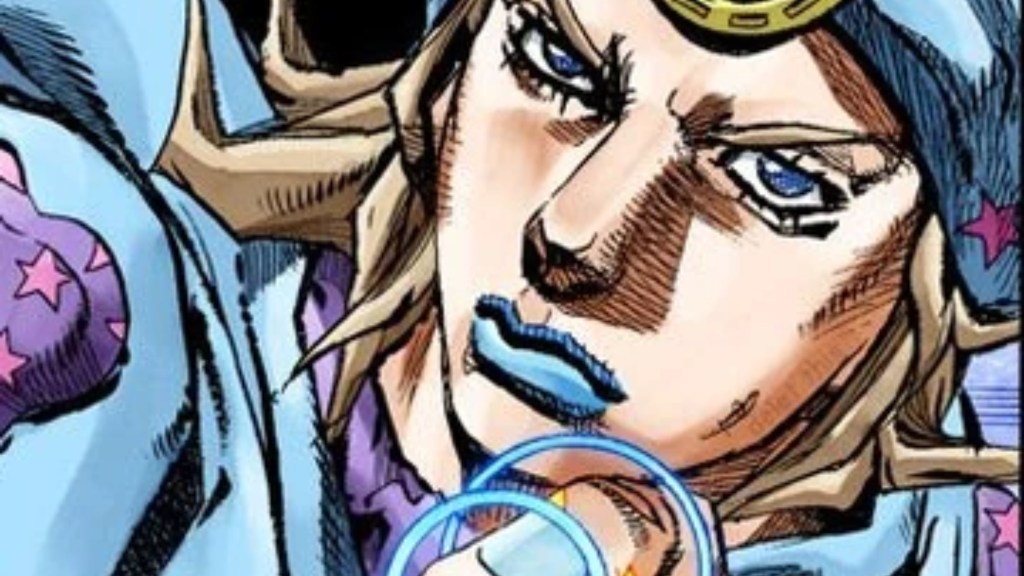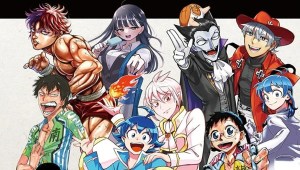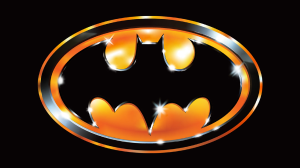Steel Ball Run, the next big chapter of JoJo’s Bizarre Adventure, is just around the corner, but casual fans of the long-running battle shonen might be thrown for a loop. During April’s JOJODAY event, Shueisha, Warner Bros. Japan, and David Production confirmed Steel Ball Run’s forthcoming anime adaptation with an evocative teaser. While we couldn’t be more excited—Steel Ball Run has earned a reputation as one of JoJo’s best parts—we’re also the first to admit that the long-awaited entry will bring challenges.
Videos by ComicBook.com
The uninitiated might wonder how Stone Ocean’s decisively final ending would leave room for the Joestar lineage to carry on. That’s precisely where things get fun. Steel Ball Run is a soft reboot of the series, and it brings with it a flurry of new storylines and mechanics for JoJo fans to digest. “Reboot”, of course, means “reboot”: the blurring of the familiar and unfamiliar in Steel Ball Run can verge on disorienting for first-timers. Here’s what you need to know to jump into JoJo‘s beloved horse-racing thriller.

When Can JoJo Fans Expect Steel Ball Run to Come Out?
Many people’s first question will be about Steel Ball Run‘s release timeline. As of the time of writing, there’s a total dearth of information on that front. Stone Ocean finished up in December 2022, and JoJo fans are starving. Unfortunately, the only crumbs they’ve received so far are minor teasers and confirmation that David Production, the studio behind the first six parts of JoJo‘s anime adaptation, will animate Steel Ball Run.
Details on the anime’s availability remain unclear, as of now. A 2026 or 2027 launch date is likely, but uncertain. It’s also up in the air whether JoJo‘s seventh part will premiere on a streaming service like Netflix as an ONA (as with Stone Ocean), or whether its producers will instead opt for a traditional television release (as with the preceding five parts). By extension, in the case of an ONA format, it’s unknown whether fans can expect a batch or weekly release schedule.
We’ll provide updates when more information on a release date window is available.

Steel Ball Run Brings a New Universe (and New Joestars)
Back to that confusion with Stone Ocean‘s finale: JoJo‘s sixth part ends with a universal reset, which some fans have misconstrued as laying the foundation for Steel Ball Run and subsequent parts, JoJoLion and The JOJOLANDS. This is something the aforementioned teaser surely won’t help with, showing years ticking forward unto singularity from the 2011 setting of Stone Ocean before a reset gives way eventually to Steel Ball Run‘s 1890. Exciting—but misleading.
Steel Ball Run is set in a completely different universe, with little connection to the JoJo-verse spanning the first six parts, aside from some crucial parallels. The part sees the prodigal horse jockey Johnny Joestar supplant the Victorian posh Jonathon Joestar of Phantom Blood. Immobilized due to an injury, Johnny meets Gyro Zeppeli and becomes enamored with his seeming mastery of a principle called Spin after Johnny’s paralyzed legs are jolted by it in their first encounter.
Taking part in a pan-American horse race called the Steel Ball Run, Johnny and Gyro bond while trying to get to the bottom of the mystery at its root—and claim victory over the nefarious actors behind the whole shebang. The product is a densely layered thriller with JoJo’s most meticulous writing, effective characterization, and gruesome horror yet.
This is all, of course, due to Araki’s new mindset for the part. Deciding on a total reset following Stone Ocean, Araki took JoJo back to basics. Critically, he also moved the story from Weekly Shonen Jump to the seinen-oriented Ultra Jump. Monthly releases (instead of weekly) worked in tandem with an older demographic to give Araki room to define the narrative and setting of Steel Ball Run like no part before.
JoJo’s debts to Fist of the North Star and the like run deep, and elements of its gritty battle shonen origin naturally remain. Fans might be caught off-guard, though, as Steel Ball Run sees JoJo lean into both its darkness and levity while Araki weaves a tale unafraid of its own tangents.
[RELATED: JoJo’s Bizarre Adventure Animator Unpacks the AI Industry’s View of Artists]

Steel Ball Run is a Big Breath of Fresh Air for JoJo Fans
Among the most fascinating things about Steel Ball Run is getting to witness how Araki folds old JoJo into new lineages and scenarios. Diego Brando is an obvious allusion to Dio Brando; Johnny and Gyro carry the JoBro torch of Jonathon/Will and Joseph/Caesar in the first two parts; even the Spin mechanic itself plays a similar role to Hamon. At the same time, all of these nostalgic references are at play in a configuration that’s truly (with a sigh, yet for lack of a better word) bizarre.
For example, where Hamon was a straightforward shonen energy mechanic like Dragon Ball’s ki or Naruto’s chakra, Spin is revealed to be a product of Araki’s flirtation with physics and aesthetic philosophy. Stands no longer come about through extraterrestrial arrows, but through brushes with supernatural phenomena. Although Araki regularly threatens convolution by layering these semi-familiar fixtures of JoJo with exciting new depth, he never falls into the trap of complication-for-its-own-sake.
It remains to be seen how David Production will execute Steel Ball Run’s dense presentation; the headier concepts are frequently explained in the manga through exposition and asides which might not translate well to an anime format. Stone Ocean already left JoJo’s anime on thin ice, and the expectations surrounding Steel Ball Run mean the pressure is definitively on for the veteran studio to perform.
Meanwhile, for JoJo’s countless fans, Araki’s curveballs are no surprise. Steel Ball Run abounds with them. Araki has compared writing manga to a performance in Manga in Theory and Practice, invoking jazz with his mentions of improvisation. To extend his analogy, an ear for jazz certainly goes a long way to getting the most out of the performance. Likewise, being familiar with some of the ways Araki improvises from the hip in Steel Ball Run to reinvent and redefine JoJo’s Bizarre Adventure will make the performance all the better.








